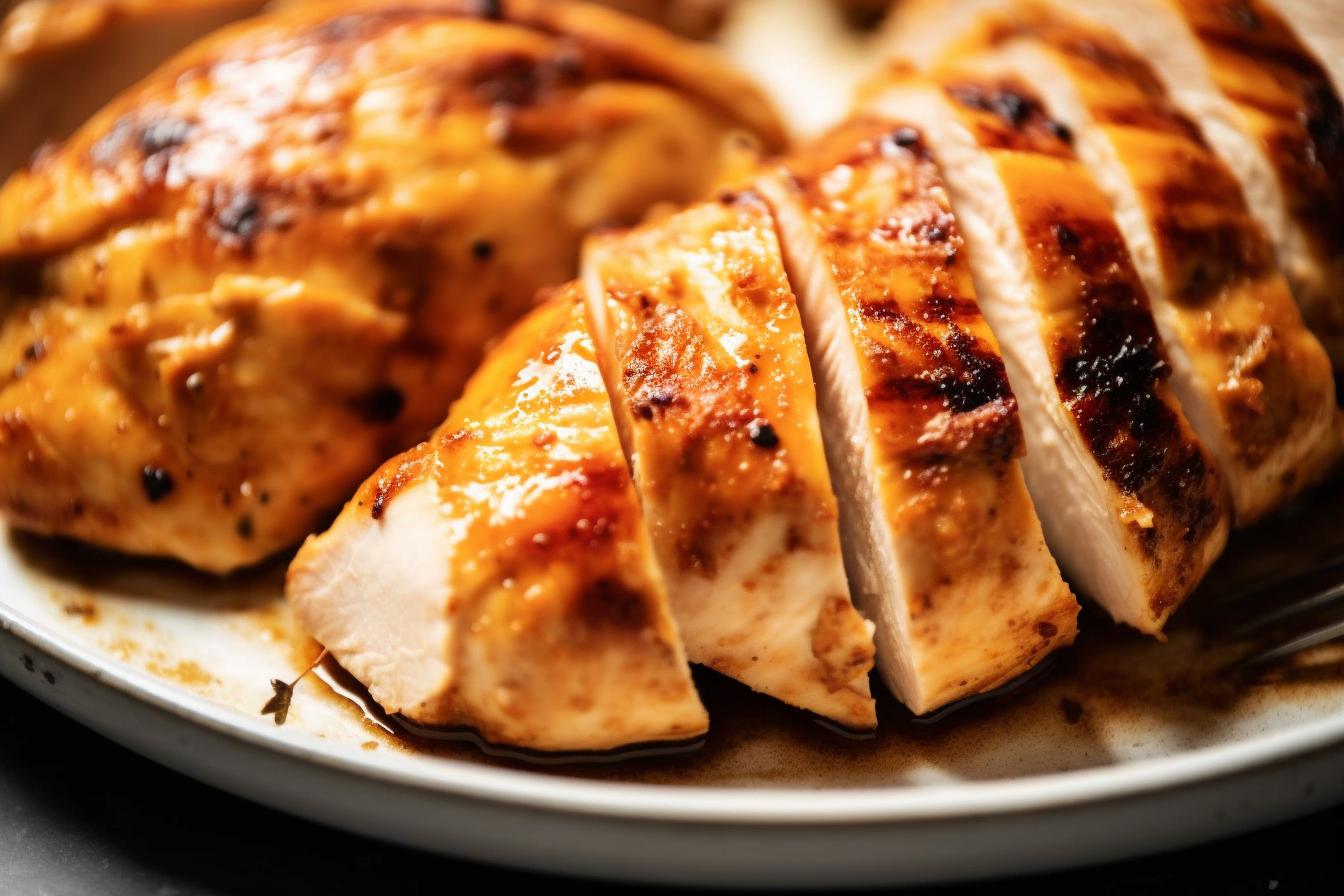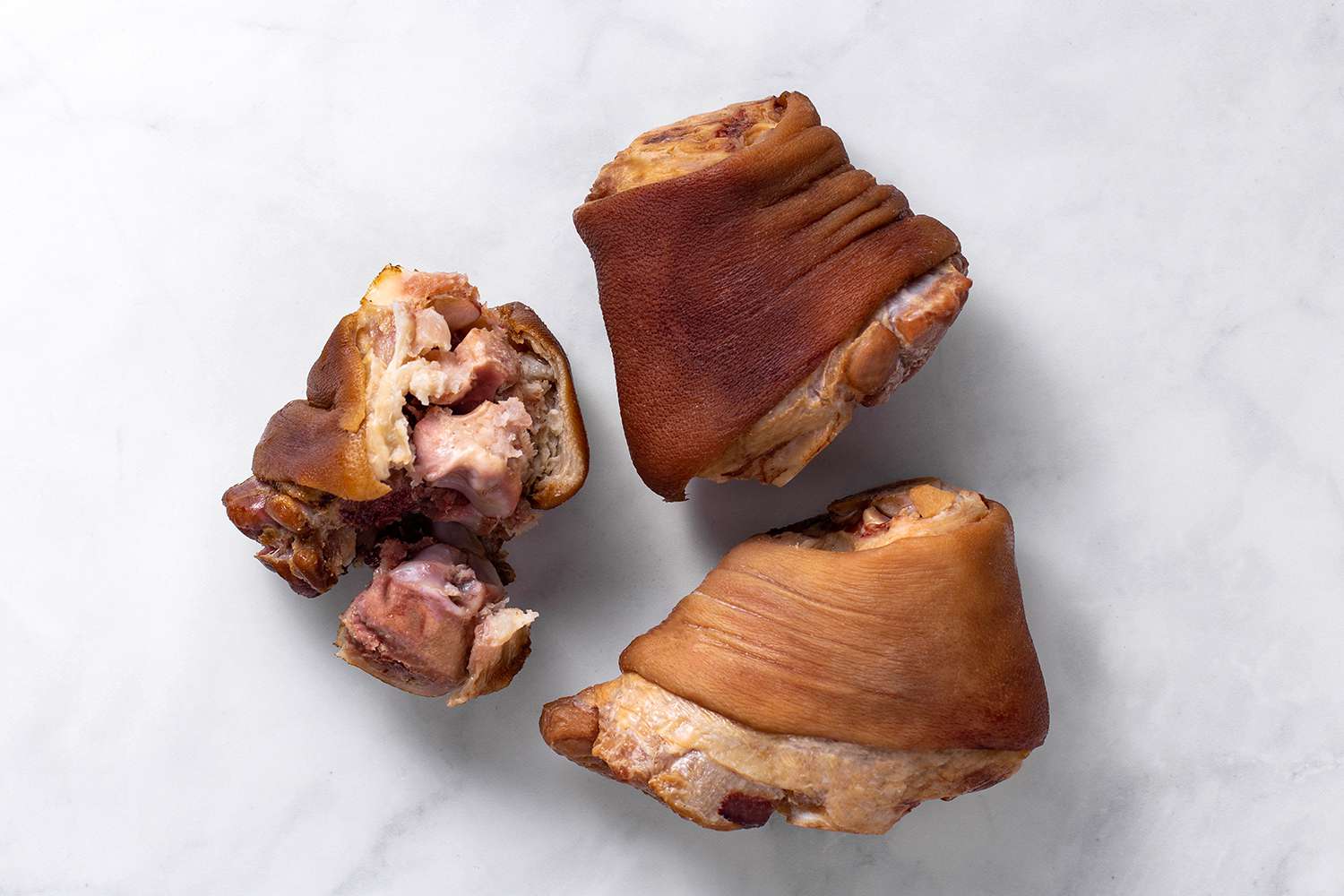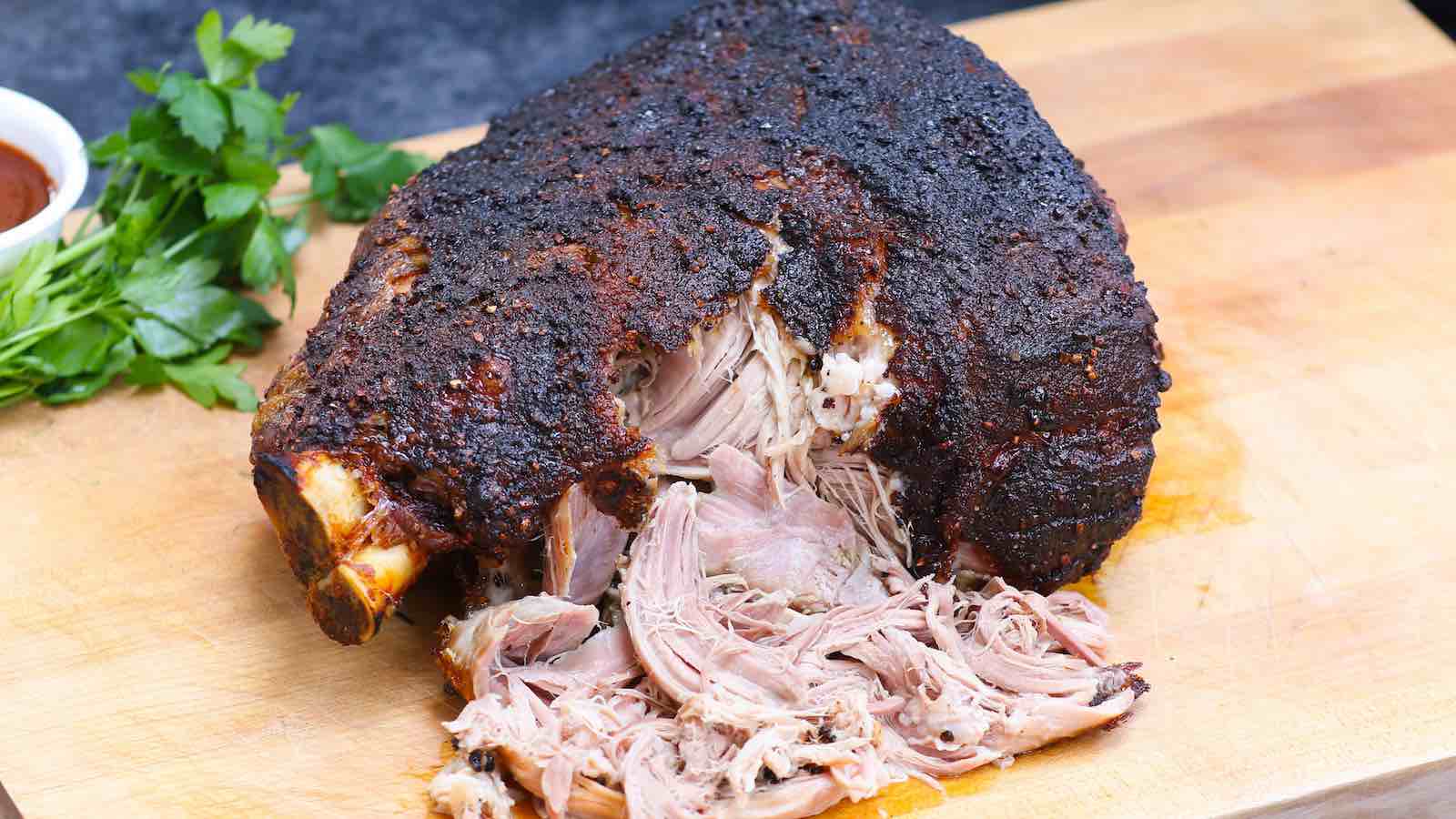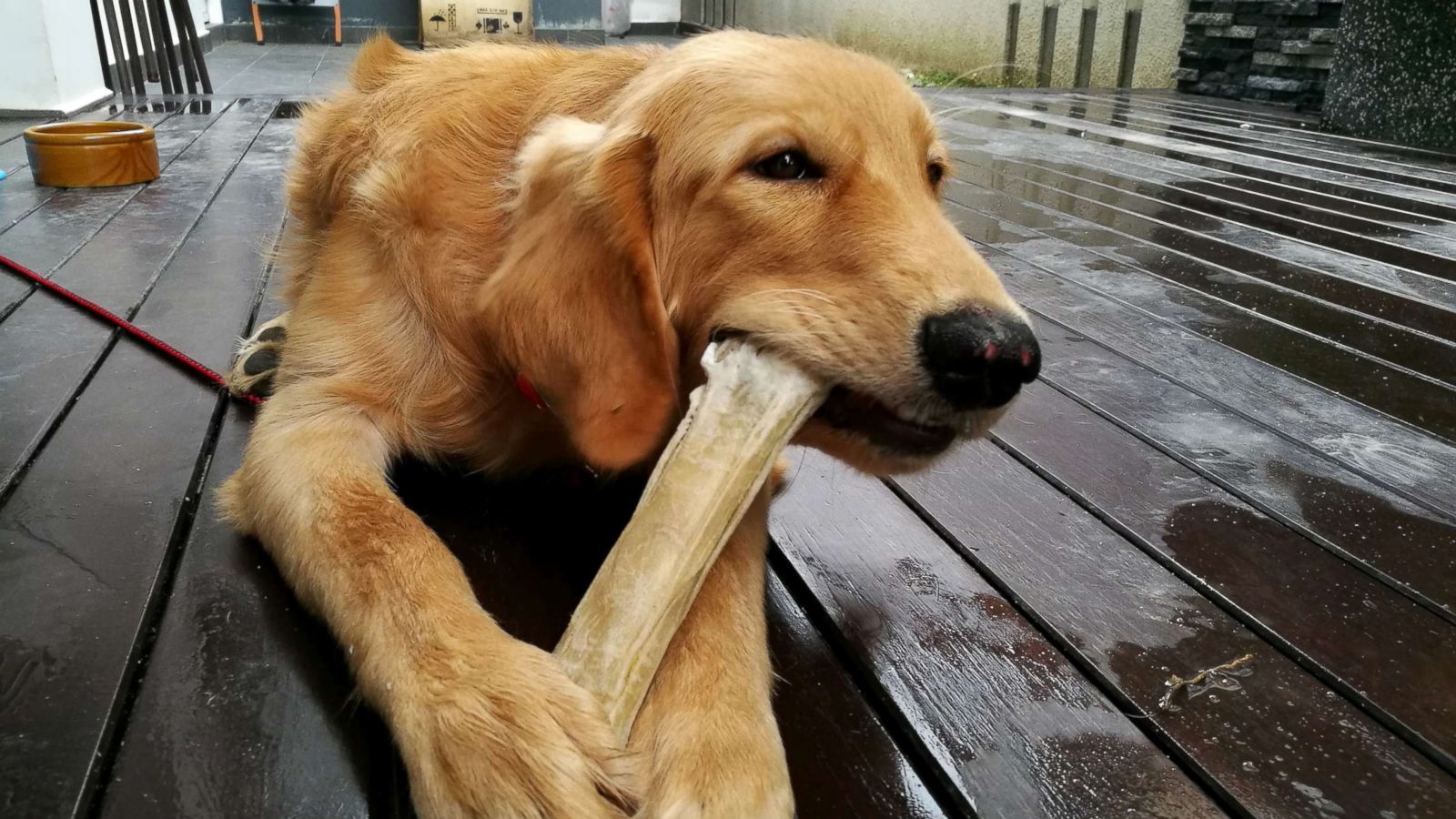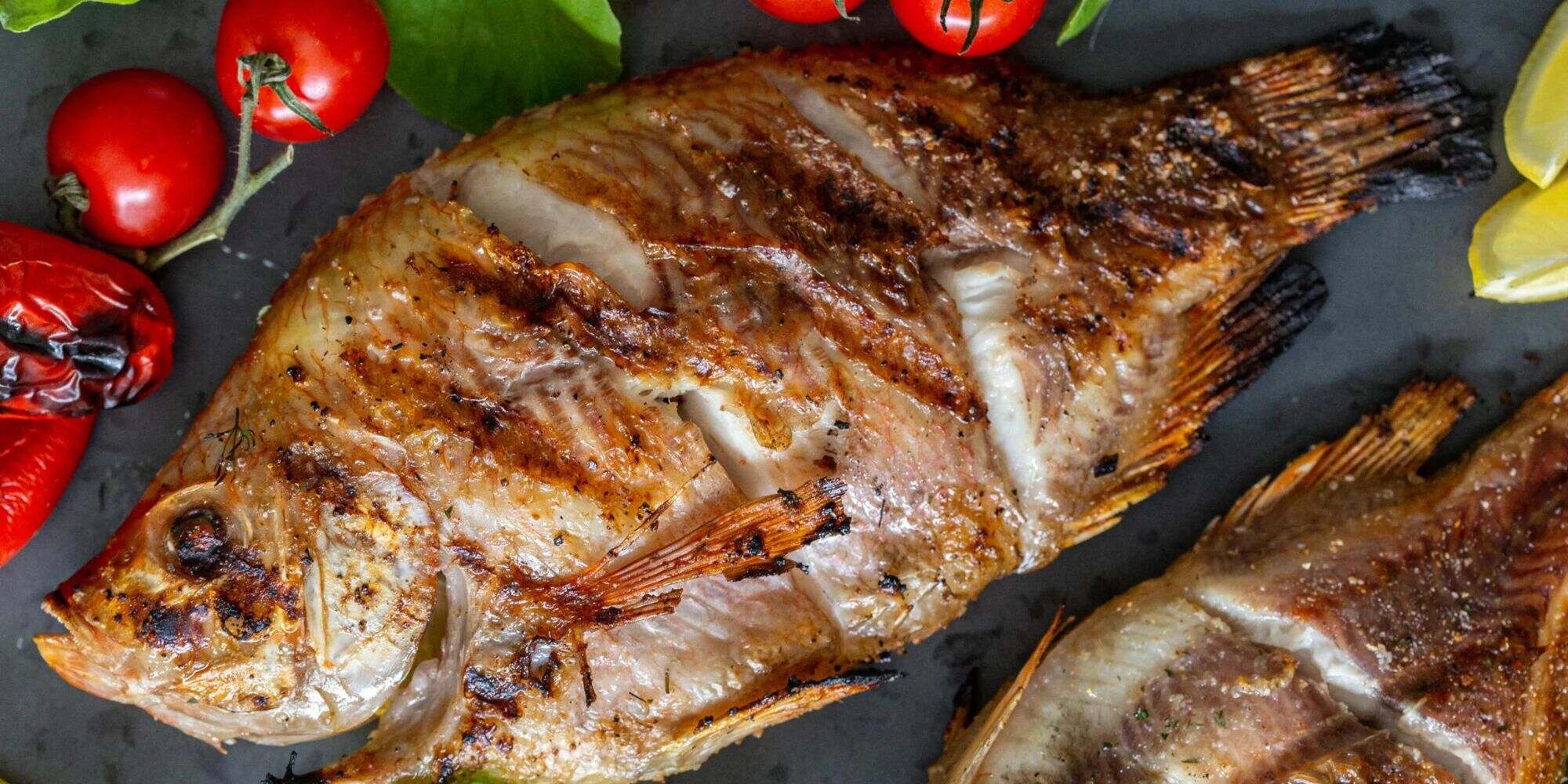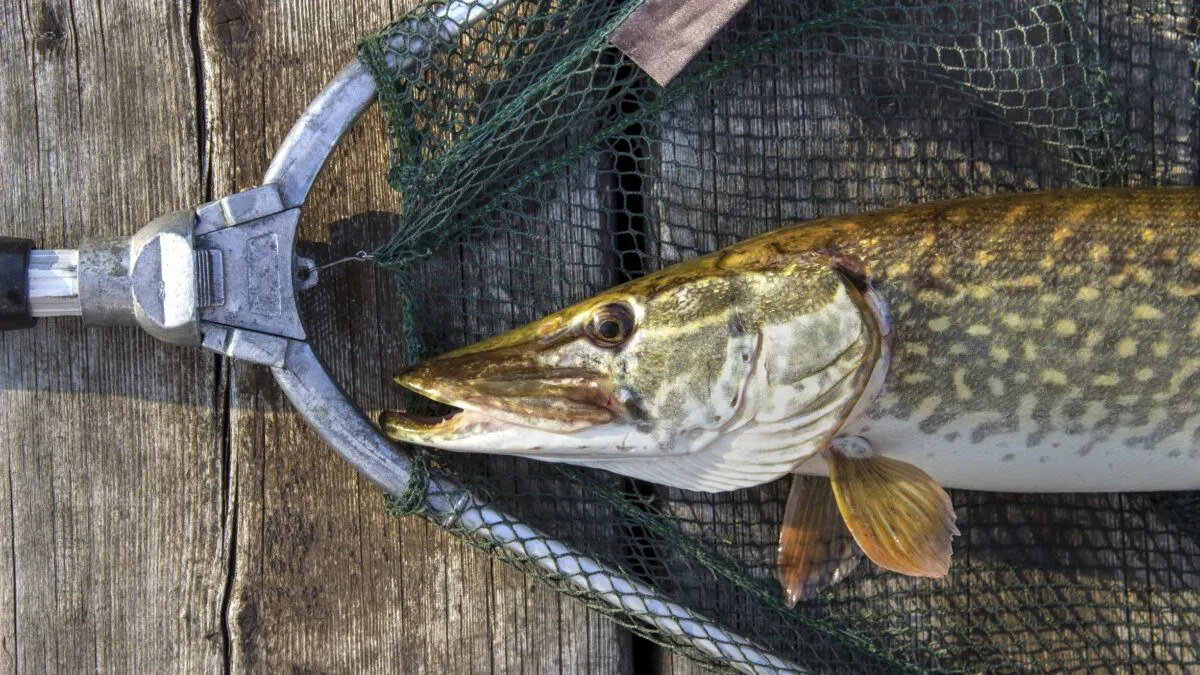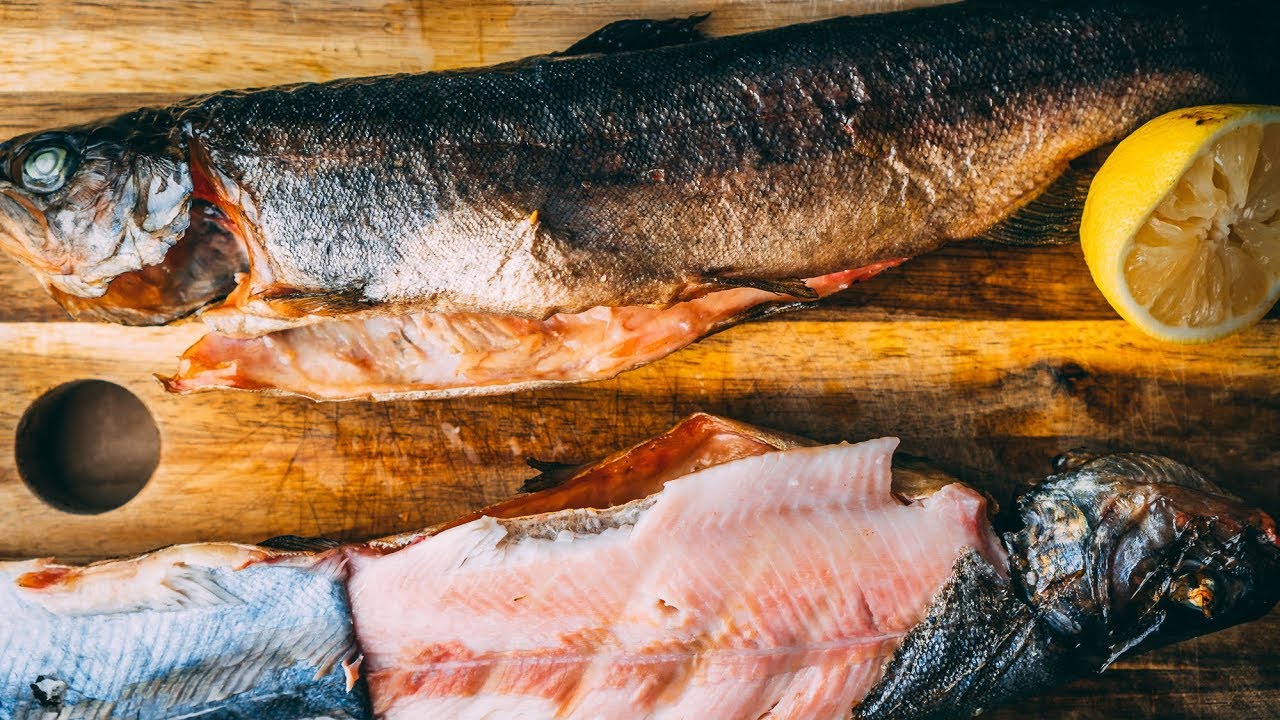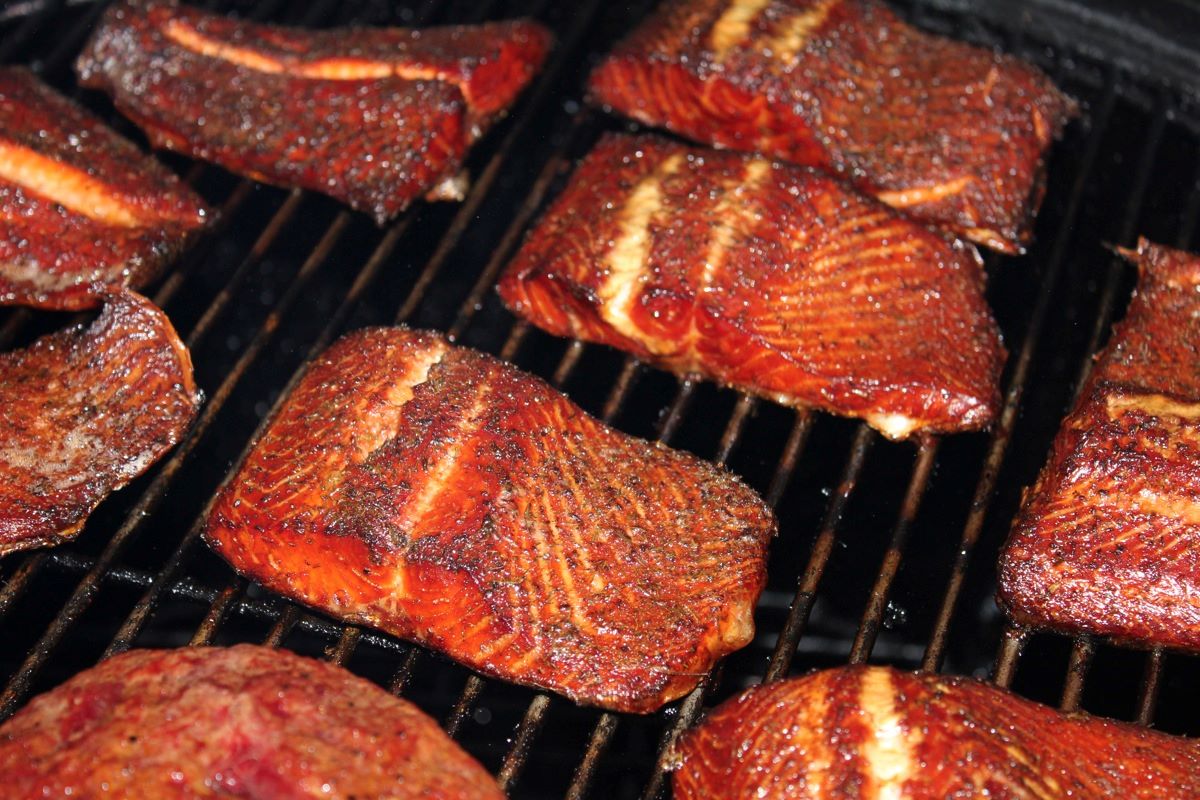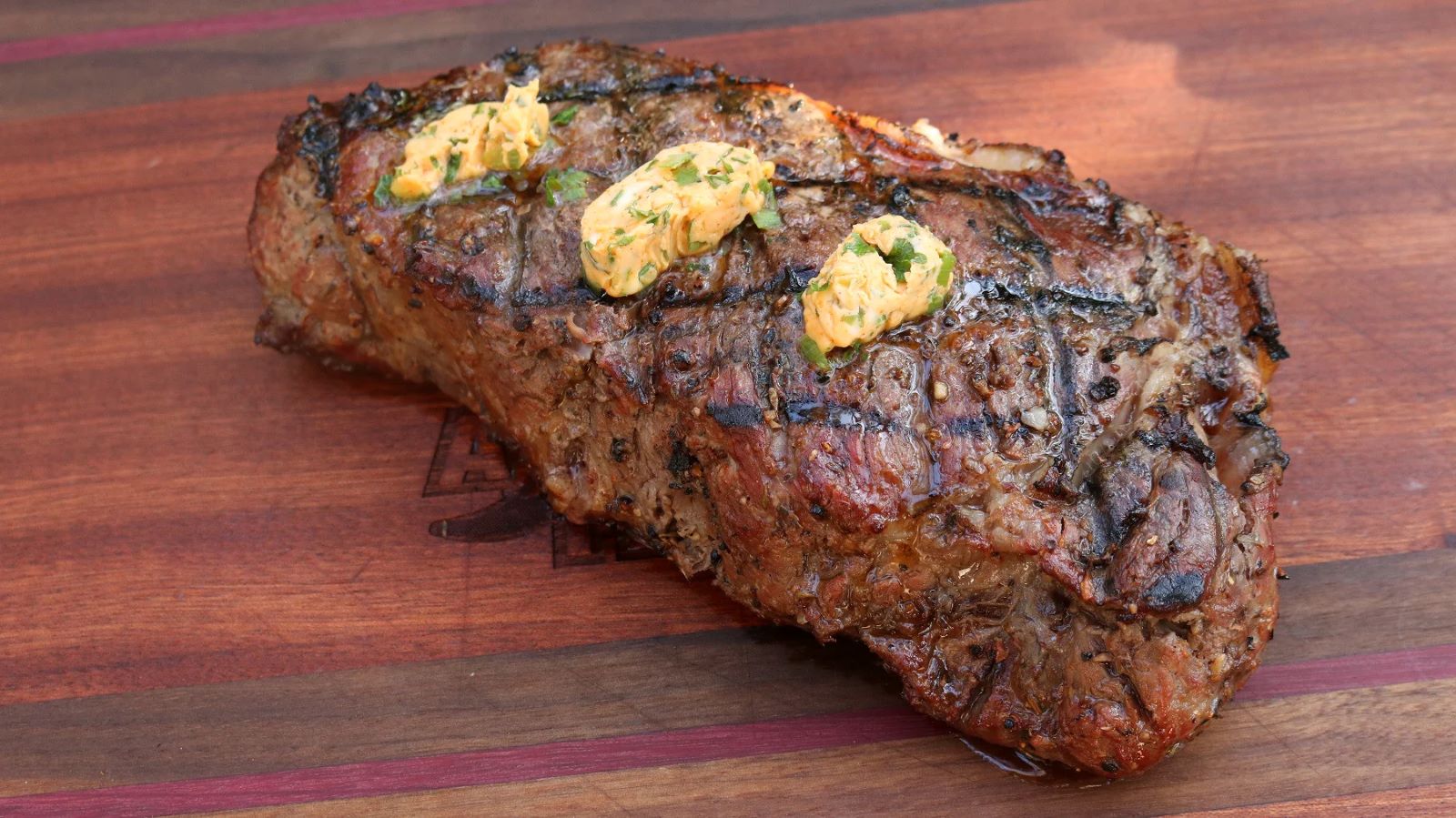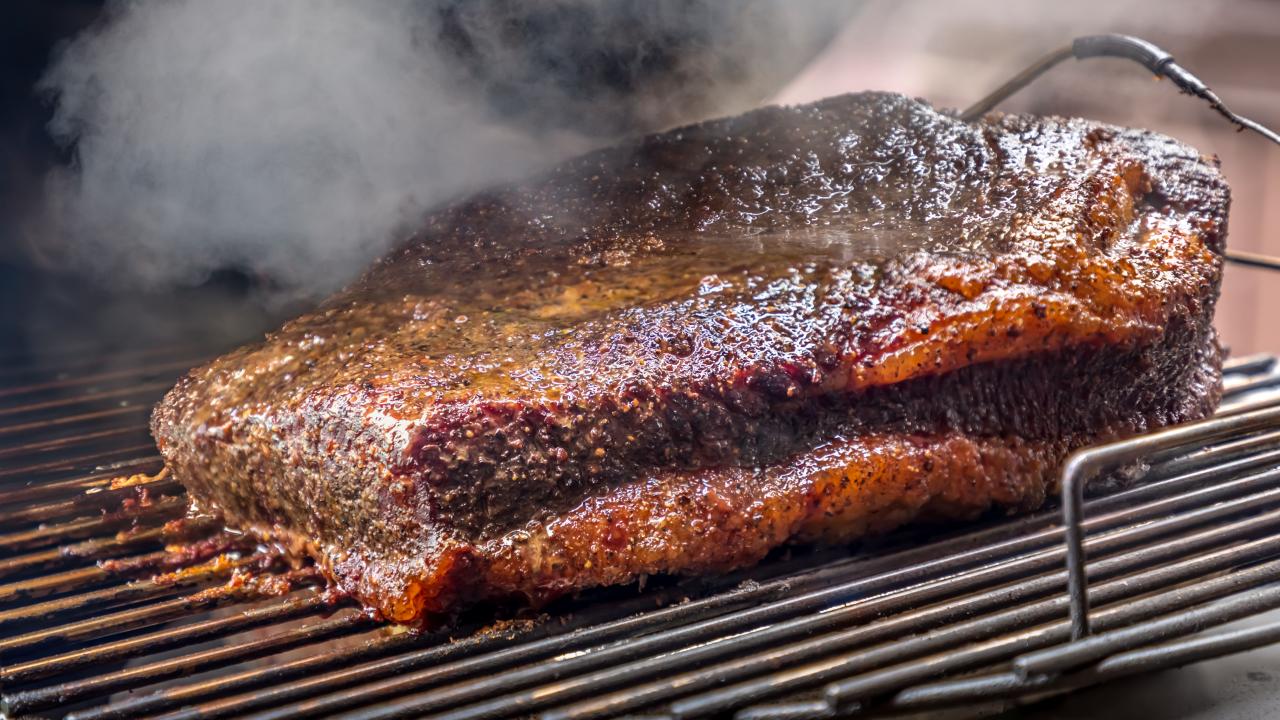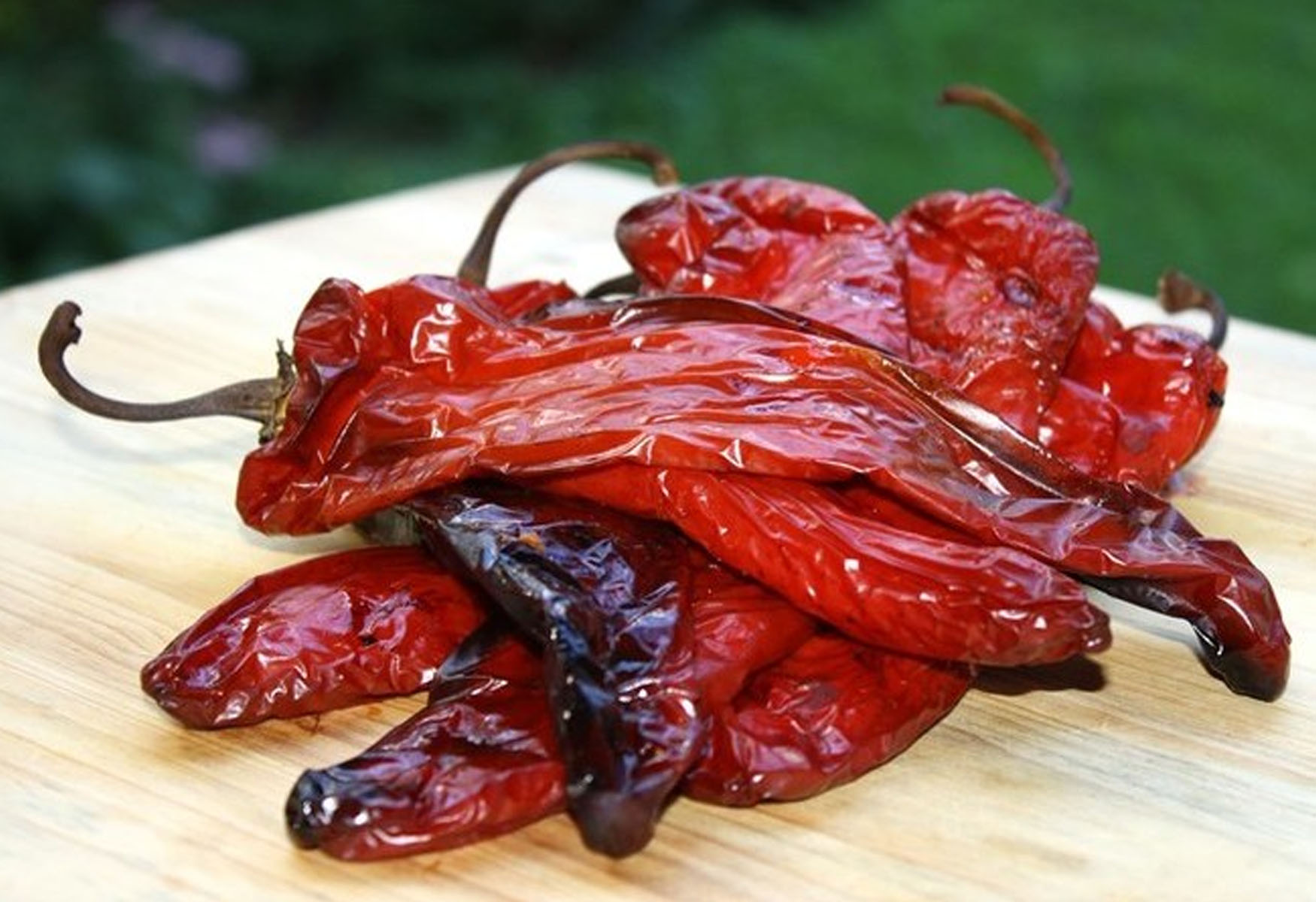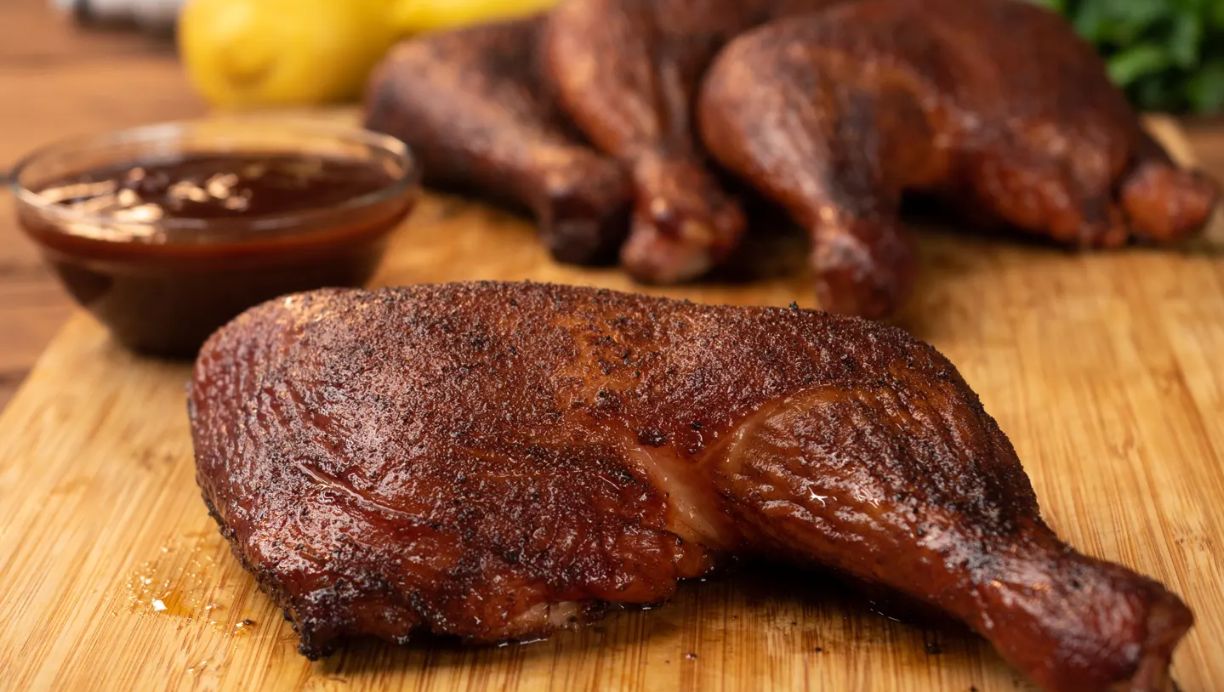Smoking Ribs and Brisket Together: A Delicious Duo
Smoking ribs and brisket together is a fantastic way to create a mouthwatering meal that will have your friends and family coming back for more. By combining these two popular cuts of meat, you can achieve a perfect balance of flavors and textures. Whether you’re a seasoned pitmaster or a novice griller, this guide will walk you through the steps to smoke ribs and brisket together like a pro.
Choosing the Right Cuts
Before you fire up the smoker, it’s important to select the right cuts of meat for your ribs and brisket. When it comes to ribs, pork baby back ribs or St. Louis-style ribs are popular choices due to their tenderness and rich flavor. For brisket, look for a well-marbled beef brisket that will become tender and juicy when smoked low and slow.
Prepping the Meat
Once you have your ribs and brisket, it’s time to prepare them for the smoker. Start by trimming any excess fat from the brisket, leaving about a quarter-inch layer to keep the meat moist during the smoking process. For the ribs, remove the membrane from the bone side to allow the flavors to penetrate the meat more effectively. Season both cuts generously with a dry rub of your choice, ensuring that the flavors complement each other.
Setting Up the Smoker
When smoking ribs and brisket together, it’s essential to maintain a consistent temperature throughout the cooking process. Whether you’re using a charcoal, gas, or electric smoker, aim for a temperature of around 225-250°F. Add your favorite smoking wood, such as hickory, apple, or mesquite, to infuse the meat with a delicious smoky flavor.
The Smoking Process
Place the brisket and ribs on separate racks in the smoker, making sure there is enough space between them for the smoke to circulate evenly. Close the smoker and allow the meat to smoke for several hours, periodically checking the temperature and adding more wood chips as needed to maintain a steady smoke. The ribs will typically cook faster than the brisket, so be prepared to remove them from the smoker earlier if necessary.
Monitoring the Temperature
For the brisket, aim for an internal temperature of 195-205°F before removing it from the smoker. This ensures that the tough connective tissues have broken down, resulting in a tender and flavorful brisket. As for the ribs, they are ready when the meat has shrunk back from the ends of the bones and reached an internal temperature of around 190-203°F.
Resting and Serving
Once the ribs and brisket have reached their desired temperatures, remove them from the smoker and let them rest for a short period to allow the juices to redistribute. After resting, slice the brisket against the grain and serve it alongside the ribs for a mouthwatering meal that is sure to impress. Consider pairing the smoked meats with your favorite barbecue sauce and sides for a complete dining experience.
Smoking ribs and brisket together is a rewarding culinary experience that yields delicious results. With the right cuts of meat, proper preparation, and careful monitoring of the smoking process, you can create a memorable meal that will have everyone asking for seconds. So, fire up the smoker, gather your ingredients, and get ready to enjoy the irresistible flavors of smoked ribs and brisket!
Was this page helpful?
Read Next: How To Smoke With Honey
